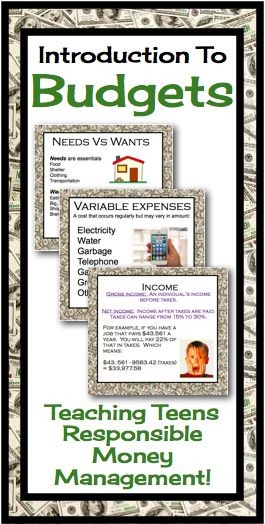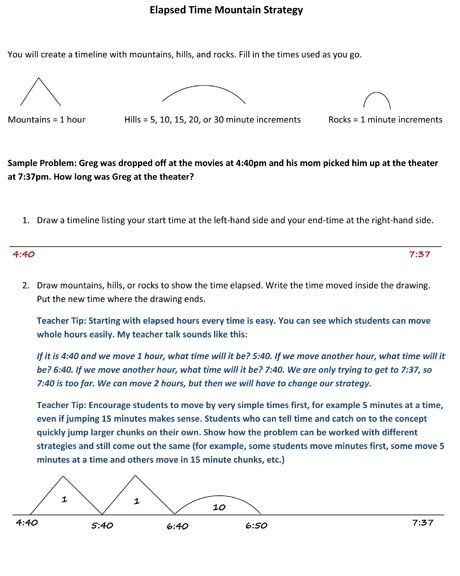Kids Money Teachers 4th Grade
Post on: 30 Март, 2015 No Comment

On the Web Since 1995
Fourth Grade Financial Concepts
The Fifty Nifty Econ Card program from the Federal Reserve Bank of Kansas City includes recommendations on concept introduction by grade levels K through 6. Here are the recommended concepts for 4th Grade:
Academic Standards
Strand 5: Economics, The Social Studies Standard as of May 22, 2006
Concept 2: Microeconomics
Concept 5: Personal Finance
Knowledge Statements
These statements provide guidance at three points in consumer development — the 4th, 8th and 12th grades. They are intended for:
- Publishers as they develop and revise curricula, and
Category: Financial Responsibility and Decision Making
Overall Competency: Apply reliable information and systematic decision making to personal financial decisions.
Specifically, 4th grade students should know, understand and be able to demonstrate the following concepts:

Category: Income and Careers
Overall Competency: Use a career plan to develop personal income potential.
Specifically, 4th grade students should know, understand and be able to demonstrate the following concepts:
- People can acquire income in several ways, including wages, salaries, and money gifts.
- Income can be earned or unearned.
- Workers can improve their ability to earn income by gaining new knowledge, skills, and experiences.
- Many workers receive employee benefits in addition to their pay.
- Entrepreneurs, who work for themselves by starting new businesses, hope to earn a profit, but accept the risk of a loss.
Category: Planning and Money Management
Overall Competency: Organize personal finances and use a budget to manage cash flow.
Specifically, 4th grade students should know, understand and be able to demonstrate the following concepts:
- A budget is a plan for using income productively, including spending, sharing, and setting money aside for future expenses.
- People pay for goods and services in different ways.
- People are required to pay taxes, for which they receive government services.
Category: Credit and Debt
Overall Competency: Maintain creditworthiness, borrow at favorable terms, and manage debt.
Specifically, 4th grade students should know, understand and be able to demonstrate the following concepts:
- Credit is a basic financial tool.
- Borrowing money to buy something usually costs more than paying cash because there is a fee for credit (interest).
- Responsible borrowers repay as promised, showing that they are worthy of getting credit in the future.
Category: Risk Management and Insurance
Overall Competency: Use appropriate and cost-effective risk management strategies.
Specifically, 4th grade students should know, understand and be able to demonstrate the following concepts:
- Risk is a part of daily life.
- People have choices for dealing with risk.
Category: Saving and Investing
Overall Competency: Implement a diversified investment strategy that is compatible with personal goals.
Specifically, 4th grade students should know, understand and be able to demonstrate the following concepts:
- People save for future financial goals.
- Every saving decision has an opportunity cost.
- Banks, savings and loan associations, and credit unions are places people can invest money and earn interest.
- Piggy banks are places to hold savings. Savings accounts and savings bonds are ways to earn money from income not spent.














